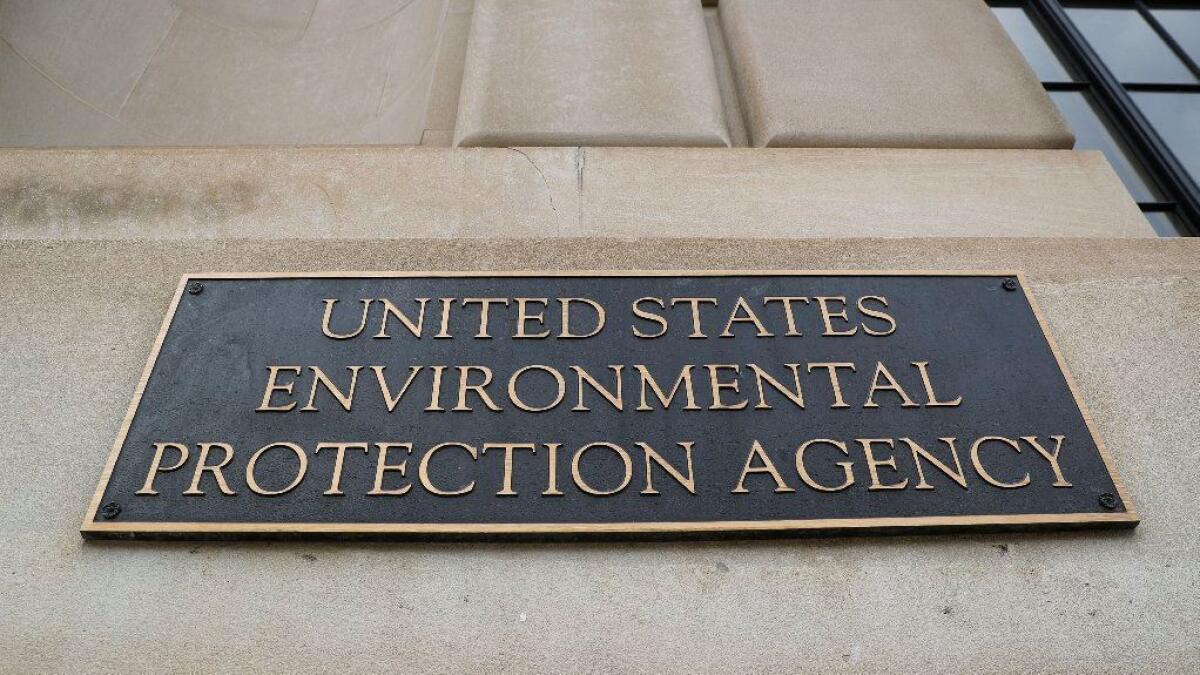Readers React: The EPA should regulate tiny doses of radiation? Tell that to radiation oncologists

- Share via
To the editor: The article on the work by toxicologist Edward Calabrese (and many others who agree with him) is a start at introducing the scientific debate about the use of the linear no-threshold (LNT) oversimplification for regulatory purposes.
I would like to explain why LNT (the idea that exposure to a potentially dangerous substance at any level cannot be considered safe) is absurd in the radiation area. LNT requires that there is no such thing as radiation repair, and that even one radiation exposure can cause a mutation that may lead to cancer.
We know that’s wrong. More than 150 genes have been discovered that repair radiation damage. The 2015 Nobel Prize in chemistry was awarded jointly to Tomas Lindahl, Paul Modrich and Aziz Sancar for “mechanistic studies of DNA repair.” The whole medical specialty of radiation oncology is based on the observation that normal tissues repair radiation damage much more efficiently and effectively than cancerous tissues.
The fact that the LNT is disputed should not be held against those who dispute it. That is how science progresses. It is only high-quality science that counts. There is no high-quality science supporting LNT for radiation, but there are a large number of people who depend on us being foolish enough to believe in it anyway.
Carol S. Marcus, M.D., Los Angeles
The writer is a professor of radiation oncology and of molecular and medical pharmacology at UCLA’s David Geffen School of Medicine.
..
To the editor: It is deeply troubling that the U.S. Environmental Protection Agency may adopt the position advocated by the industry-supported toxicologist Calabrese that EPA regulations should be weakened because low doses of pollution and radiation do no harm, and can even be good for us.
The idea that pollution can be beneficial reminds me of an old episode of “The Simpsons” in which pollution from Mr. Burns’ plant was so dense that it deflected a comet before it could hit the Earth. That benefit was amusing as cartoon fantasy, but in real life EPA exists to protect public health by keeping our air and water clean and safe.
Where there is doubt, the most protective guidelines should apply. The EPA should not retreat from the peer- reviewed standards established and accepted by the majority of scientists. Unlike deflecting an asteroid, weaker pollution standards are not an amusing fantasy.
Ann Rushton, Sherman Oaks
..
To the editor: Your article on the profound affects on Americans’ health and well-being that Calabrese’s faulty and misleading work may inflict is chilling.
In the late 1970s, I was part of a documentary film team sent by a major network to interview a scientist at a well-respected university near Boston. This scientist was working to prove that people are not addicted to cigarettes because of nicotine.
Instead, the claim was, smokers are drawn to gather around the glowing tips of cigarettes in search of the “primal hearth.” I am not joking about this. The guy had a lab and serious funding (from what entity, I can only guess).
This is the lengths to which special interests and their scientists will go to inject “uncertainty” into the regulatory process.
Cabell Smith, Pacific Palisades
Follow the Opinion section on Twitter @latimesopinion and Facebook
More to Read
A cure for the common opinion
Get thought-provoking perspectives with our weekly newsletter.
You may occasionally receive promotional content from the Los Angeles Times.









